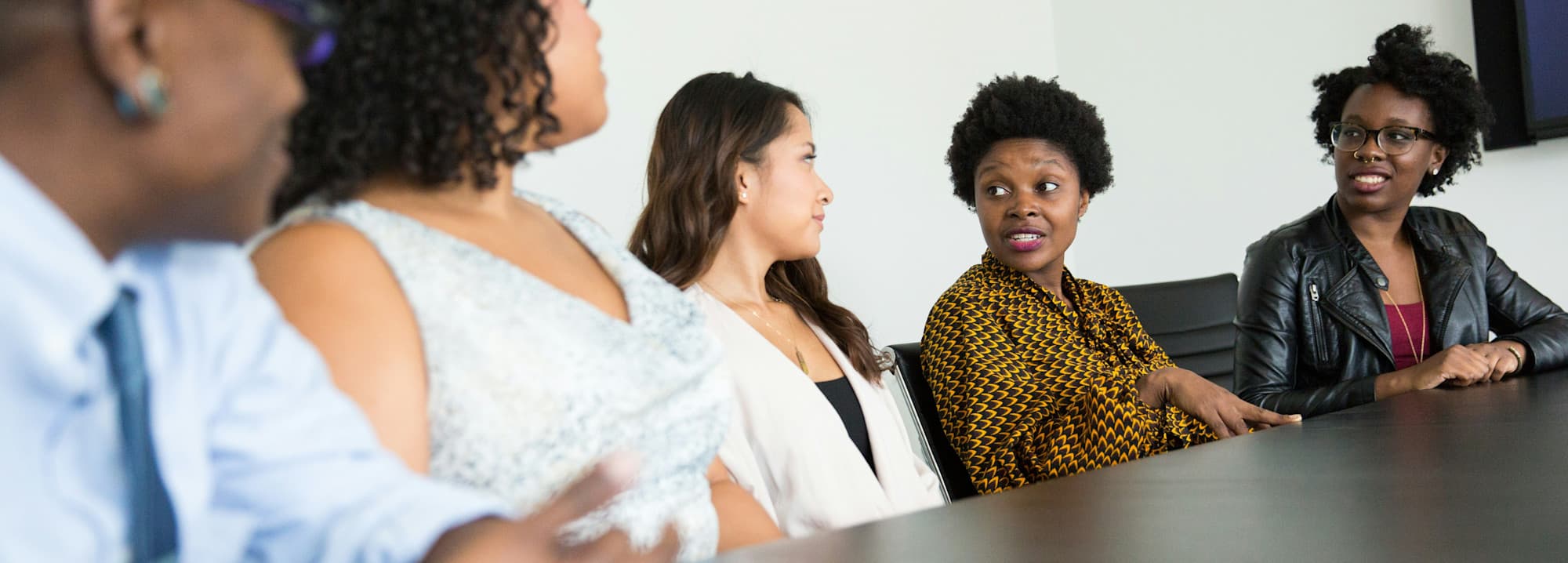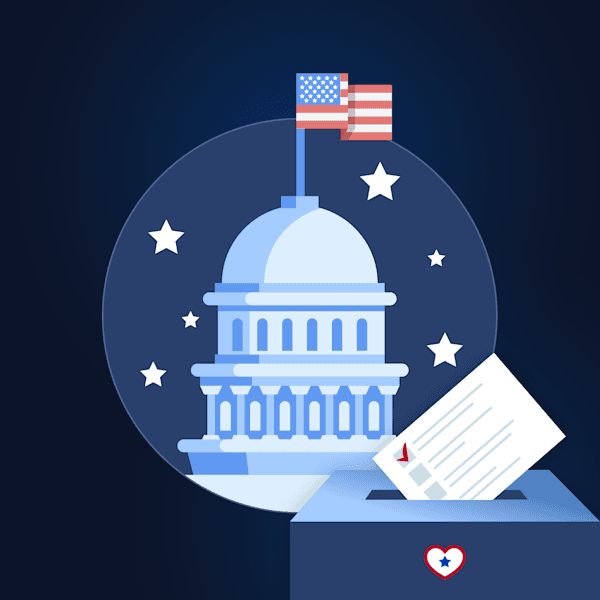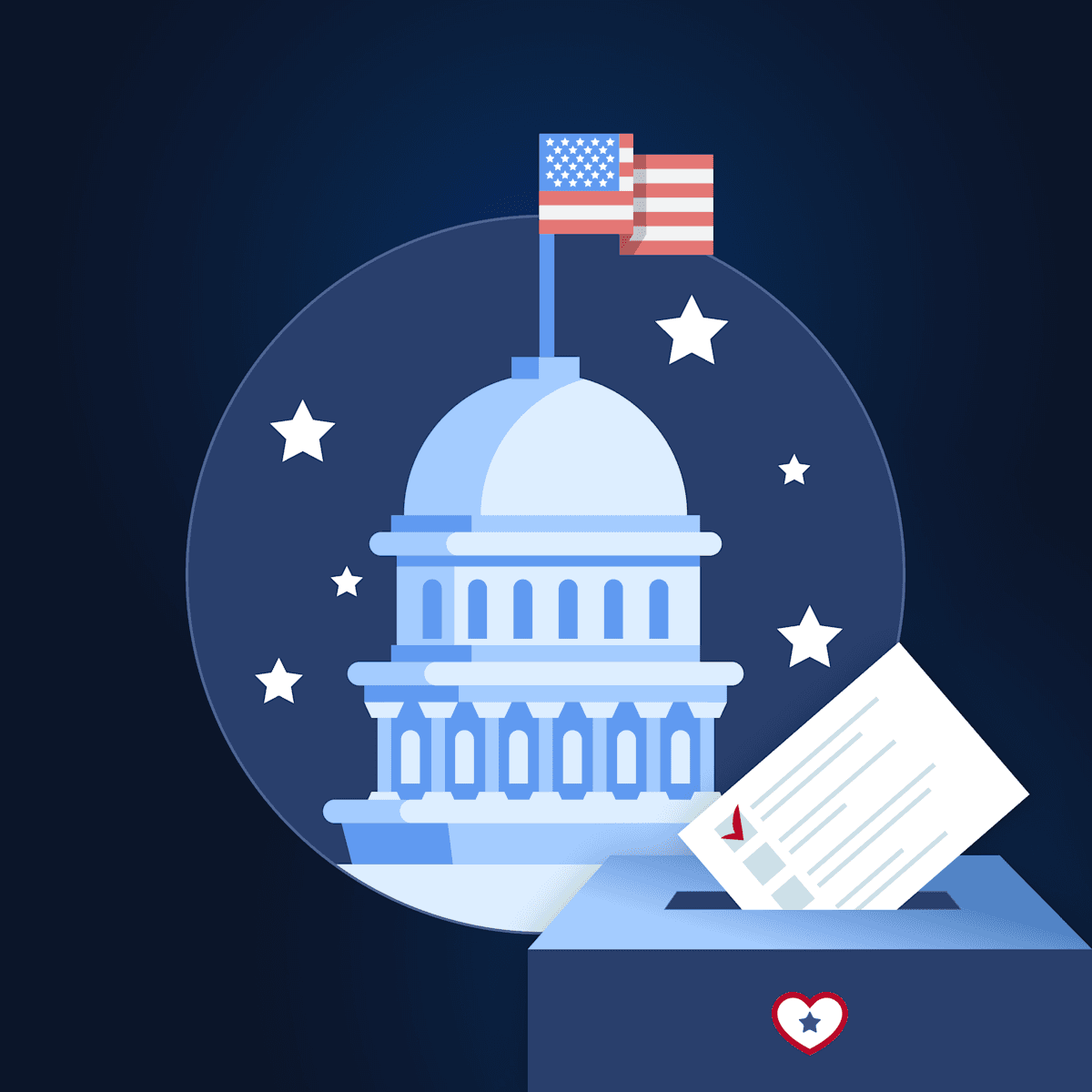
Diversity in Politics: Why Representation Still Matters
Diversity in politics is about more than who wins elections. Diversity determines whose voices are heard, whose experiences shape policy, and whose needs are prioritized in government.
The United States is one of the most diverse nations on earth, but you wouldn’t always know it by looking at who holds political power. For most of our history, our government has been concentrated in the hands of a narrow demographic: disproportionately white, wealthy, and male. That legacy still shapes who runs for office, who wins, and what issues get addressed.
We’ve seen progress in recent years: more women, people of color, LGBTQ+ candidates, and first-time community leaders are stepping into the arena, but real equity in representation is still a work in progress.
In this article, we’ll explore why diversity in politics matters, where representation still falls short, how inclusive leadership improves decision-making, and what it will take to build a democracy that works for all of us.
The Current State of Political Diversity in the U.S.
Progress is real, but so are the gaps. Here’s where things stand in 2025:
The 119th Congress is the most racially and ethnically diverse in history, but it’s still not proportional to the general population:
About 25% of Congress identifies as non-white, compared to 42% of the U.S. population.
Only 16 senators belong to racial or ethnic minorities.
Non-Hispanic white people account for 74% of the Congress, while the U.S. population is only 58% non-Hispanic white.
A mere 11% of Congress is Hispanic, but Hispanics make up 20% of the U.S. population.
Women hold only 28% of seats in Congress and 33.5% of seats in state legislatures, and those numbers are even lower for women of color. Additionally, just 12 state governors are currently women.
While the number of LGBTQ+ elected officials hit a new record in 2025, with over 1,300 elected officials identifying as LGBTQ+ nationwide, they still make up less than 0.3% of all elected leaders.
These numbers underscore an important point: while milestones are worth celebrating, the work of building inclusive leadership is far from over.
Why Diversity in Politics Matters
Diversity in politics strengthens our democracy at every level. It’s not just about checking boxes or chasing milestones. It’s about making our government more responsive, effective, and representative of the people it serves.
Here’s why that’s important:
#1: Representation Builds Trust and Belonging
When elected leaders reflect the identities, experiences, and struggles of the communities they serve, it sends a powerful message: you matter here.
For historically marginalized groups, like women, LGBTQ+ individuals, Black and Brown communities, people with disabilities, immigrants, and working-class Americans, representation can be a key to political engagement. It validates lived experience and affirms that leadership isn’t reserved for the privileged few.
Research shows that descriptive representation, or having political leaders who reflect their constituents' identities, is linked to increased voter participation, especially among underrepresented groups. When people see themselves in office, they’re more likely to believe that their voice matters and to use it.
LEARN MORE: Understand the history and power of women in politics.
#2: Diverse Perspectives Lead to Better Policy
No single background holds all the answers. Policymaking is stronger when it includes a range of voices that reflect different communities, geographies, and lived realities.
When elected bodies lack diversity, the consequences are real: policies may fail to account for racial disparities in policing, gender gaps in healthcare, barriers to accessibility, or the unique needs of immigrant families.
On the other hand, diverse legislatures are more likely to:
Introduce inclusive policies
Prioritize underserved communities
Engage more deeply with constituent feedback
Avoid groupthink and tunnel vision in decision-making
A city council that includes renters, teachers, business owners, and caregivers will govern differently than one made up entirely of retired lawyers and developers. Diversity makes democracy more responsive.
LEARN MORE: See why bottom-up politics is key to political reform.
#3: Inclusive Leadership Challenges Systemic Inequities
Our political institutions didn’t become unequal by accident. They were built that way. For centuries, access to power has been shaped by race, gender, wealth, and connections.
Ultimately, when politics feels exclusive, people tune out. That’s not apathy. It’s alienation.
We can’t achieve equality without changing who holds power. Increasing diversity in politics helps dismantle the structural barriers that keep certain groups locked out. It reshapes the agenda, the priorities, and the norms of how governance works.
Leaders from underrepresented communities are more likely to spotlight issues that have been ignored or downplayed, from maternal health disparities to language access in public services.
They also serve as role models who can open the door for the next generation of changemakers.
#4: A More Representative Government Strengthens Democracy Itself
A government that only speaks for some of us cannot fully serve any of us.
Democracies thrive when they are inclusive, when people see a reason to engage, when public institutions are accessible, and when leadership reflects the breadth of the electorate.
Diversity in politics is essential for restoring faith in the system, especially at a time when many Americans feel disillusioned or excluded. A representative government isn’t a “nice-to-have” thing. It’s a cornerstone of democratic legitimacy.
LEARN MORE: See why LGBTQ+ representation matters in politics.
The Barriers Diverse Candidates Still Face
Diversity in politics doesn’t happen by accident. Even as more people from historically excluded backgrounds step up to run, they often face steep and systemic barriers that their well-connected or well-funded counterparts don’t.
These obstacles aren’t just personal; they’re structural. And unless we confront them head-on, the movement toward inclusive representation will continue to stall.
Here are some of the biggest barriers diverse and Independent candidates face when trying to run and win:
#1: Financial Limitations
Running for office isn’t cheap. Even local campaigns can cost thousands of dollars, and candidates from underrepresented communities often lack the personal wealth, donor networks, or party infrastructure that traditional candidates rely on.
This creates a cycle where only those with financial privilege or access to major fundraising pipelines can realistically compete. For working-class candidates, candidates of color, or young candidates without deep-pocketed networks, that’s a huge barrier before the race even begins.
Campaign finance reform and public financing options are critical for leveling the playing field.
LEARN MORE: Explore real solutions in our guide to money in politics.
#2: Gatekeeping by the Two-Party System
Most electoral systems in the U.S. are built around two major parties. That leaves Independent and nontraditional candidates at a disadvantage when it comes to ballot access, endorsements, debate invitations, and press coverage.
For candidates who don’t “fit the mold,” whether because of race, gender identity, age, immigration background, or lack of institutional ties, party insiders often act as gatekeepers instead of bridges. Diverse candidates often must compromise their beliefs to fit into the two-party structure or risk even more disadvantages in their race.
Fresh voices struggle to break through, especially in districts where one party has a stronghold.
#3: Media Bias and Unequal Visibility
Media coverage plays a huge role in shaping public perception, but diverse candidates frequently receive more negative coverage or less coverage overall than their more conventional counterparts.
Horse-race coverage focusing on who’s winning in the polls can discourage voters and stop candidates’ momentum. Diverse candidates are often the underdogs going into races due to systemic barriers, and horse-race coverage can lead their potential supporters to believe it’s a fruitless effort to even vote.
Research has found that women candidates often face media coverage that hyper-focuses on traditional gender roles and their physical appearance, minimizing their qualifications and viability for office.
Meanwhile, LGBTQ+ candidates often have to navigate hostile framing or media silence altogether. For instance, Black LGBTQ+ candidates report facing biased and unfair treatment from media outlets during their campaign, with reporters calling their viability and qualifications into question.
When the media underrepresents or misrepresents diverse candidates, it becomes harder to build name recognition, attract donors, or mobilize volunteers.
#4: Racism, Sexism, and Other Forms of Bias
Prejudice, both overt and subtle, still shapes the experience of many candidates from marginalized communities.
Black candidates often report being perceived as “angrier” or less “electable.” Women are judged more harshly on their appearance and tone. LGBTQ+ candidates face invasive questions about their identity. Immigrant candidates may be framed as “outsiders,” regardless of their citizenship or qualifications.
These biases impact how voters respond, how the media covers campaigns, and how donors and institutions choose where to place their support.
#5: Safety, Harassment, and Burnout
Candidates from marginalized communities, especially women of color, trans and nonbinary candidates, and visibly Muslim or Jewish candidates, are often subject to threats, harassment, and doxxing during their campaigns.
Running for office should never require risking personal safety. Yet for too many candidates, the emotional toll and physical threats are heightened by bias and hate. Even if elected, diverse politicians continue to receive a disproportionate amount of harassment. These threats may pressure officials to stick to the status quo instead of fighting for the bold changes their communities need.
#6: Lack of Mentorship and Institutional Support
Traditional candidates benefit from a long-established political pipeline: internships, party leadership programs, mentorship from elected officials, and access to seasoned campaign staff.
For newer, nontraditional, or community-rooted candidates, especially those running as Independents, those pathways often don’t exist.
Without mentorship or a network of experienced allies, it’s easy to feel isolated, underprepared, or overwhelmed by the sheer volume of campaign logistics, compliance requirements, and voter outreach work required.
These barriers are not inevitable. They are the result of choices made by institutions.
LEARN MORE: Learn why voting is so important for democracy.
How Do We Fix Diversity in Politics?
The barriers to representation are real, but they’re not immovable. Fixing our democracy starts by redesigning the systems that shut people out and investing in the structures that help new voices rise.
Here’s what that looks like:
Public financing and matching funds to reduce the outsized role of wealthy donors and level the playing field for grassroots candidates.
Ballot access reform and voting system changes, like ranked choice voting and open primaries, to give Independent and nontraditional candidates a fair shot.
Local media investment and inclusive coverage standards to ensure candidates from all backgrounds are visible and heard.
Mentorship pipelines and leadership development that actively recruit and support candidates from underrepresented communities.
These aren’t abstract ideas. These are systems that are already working in cities and states across the country. But we need more of them, and we need to scale them with urgency.
LEARN MORE: Explore how crucial campaign finance reform truly is.
Diversity in Politics Means A Healthier Democracy
A more inclusive democracy is a stronger democracy. When we make space for diverse leadership at every level of government, we get:
Better policies grounded in lived experience
Stronger civic participation and trust
A political system that actually looks like the people it serves
We can’t fix systemic inequality without changing who holds power. And we can’t change who holds power unless we make it easier for more people to run and win.
GoodParty.org is working to lower the barriers for new voices, especially in local politics.
GoodParty.org provides free campaign tools, strategy, and support to help Independent candidates run for office. Whether you're a Gen Z activist, a first-generation college grad, or a local parent tired of business-as-usual politics, we’re here to help you run on your values and win on your terms.
Photo by Christina @ wocintechchat.com on Unsplash
Ready to build a democracy that works for everyone? Sign up with GoodParty.org and get the tools to launch your campaign.

